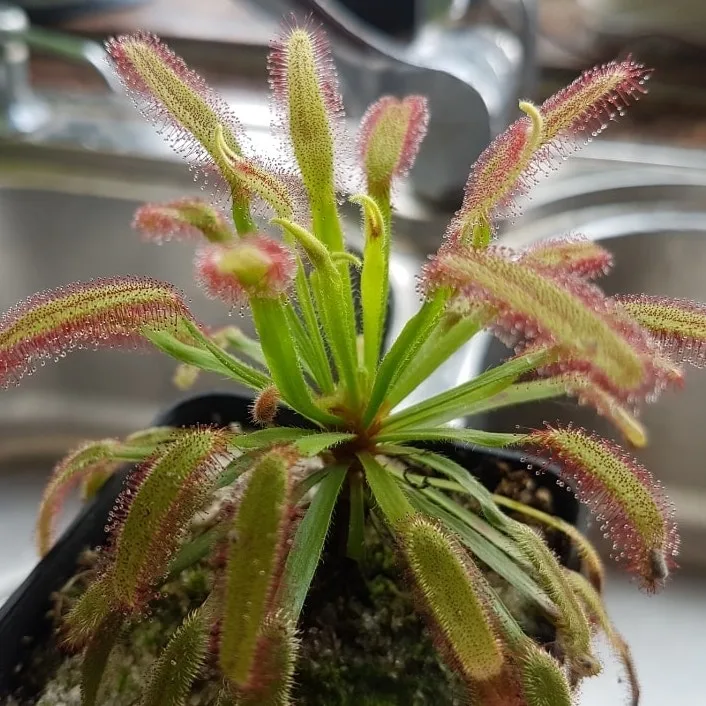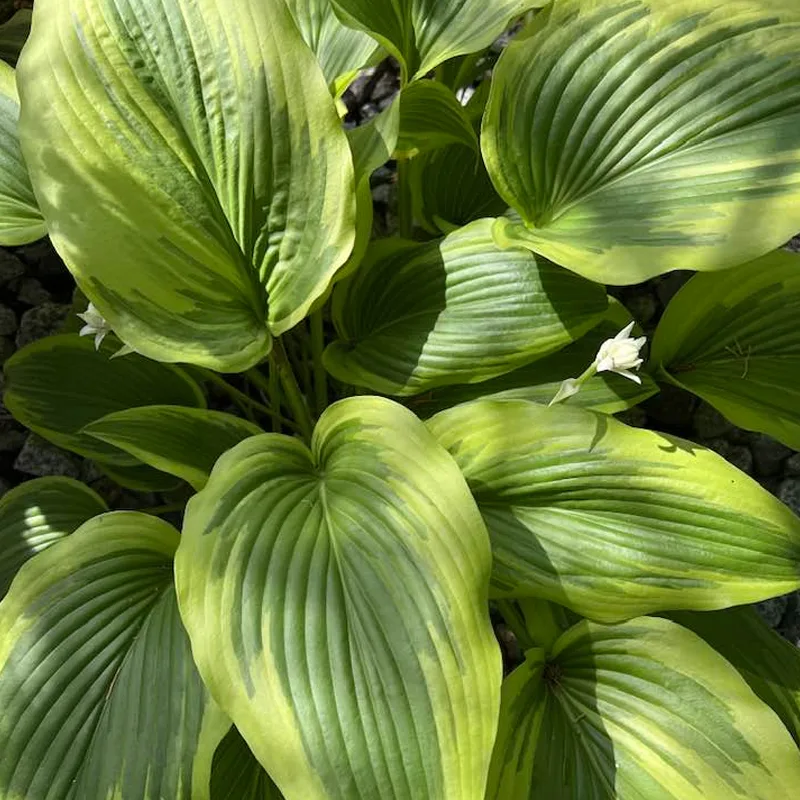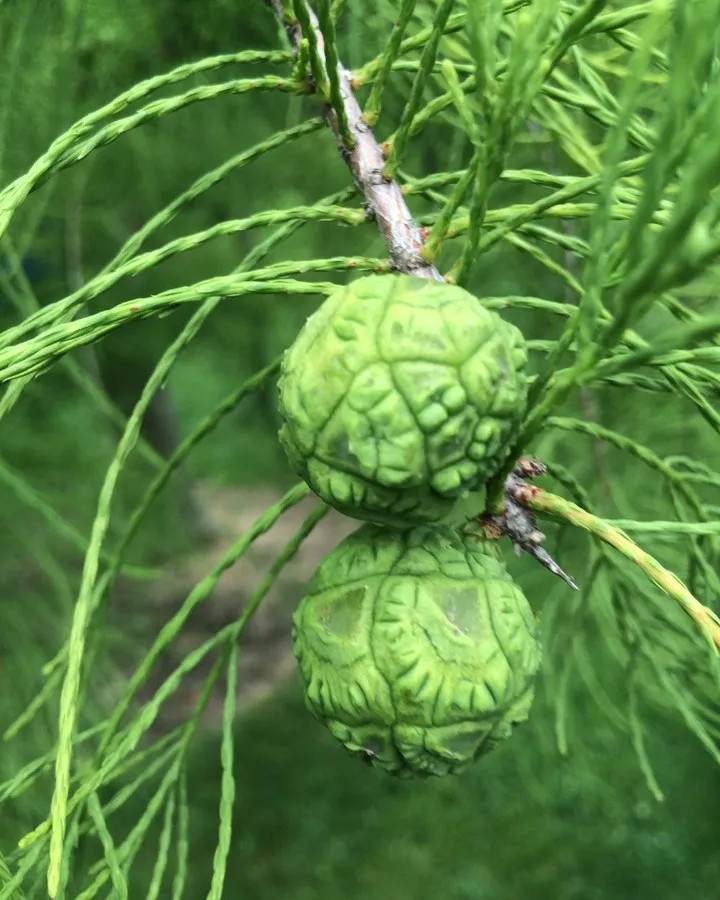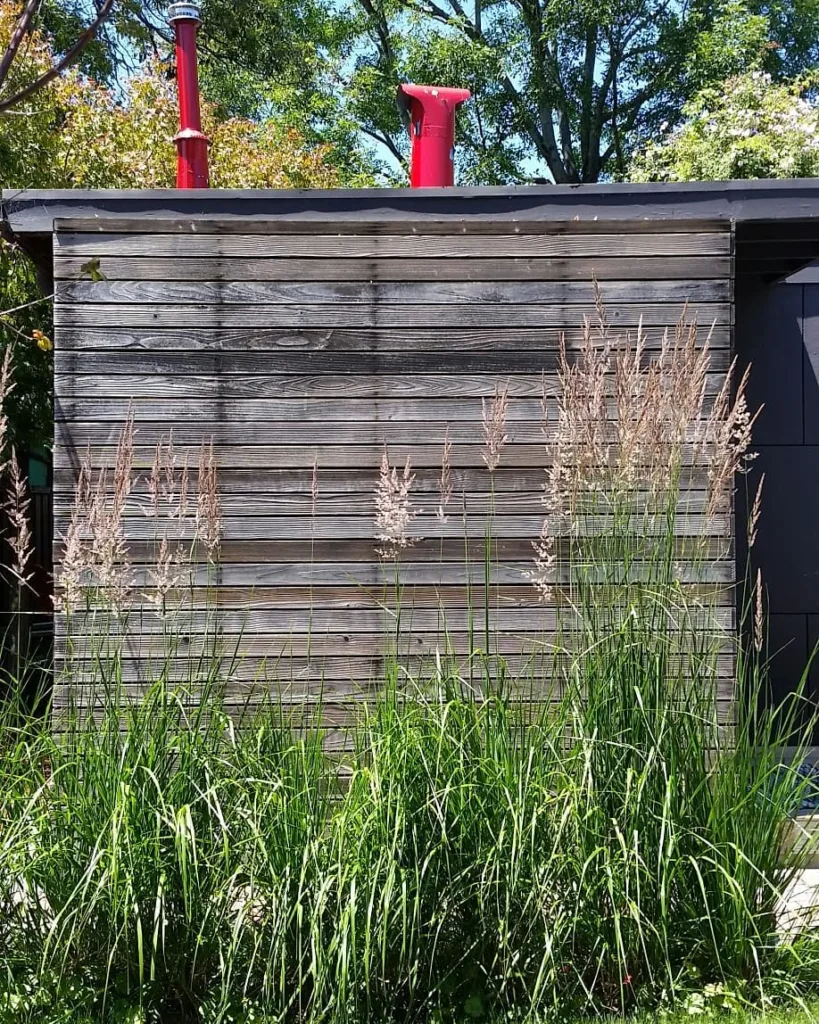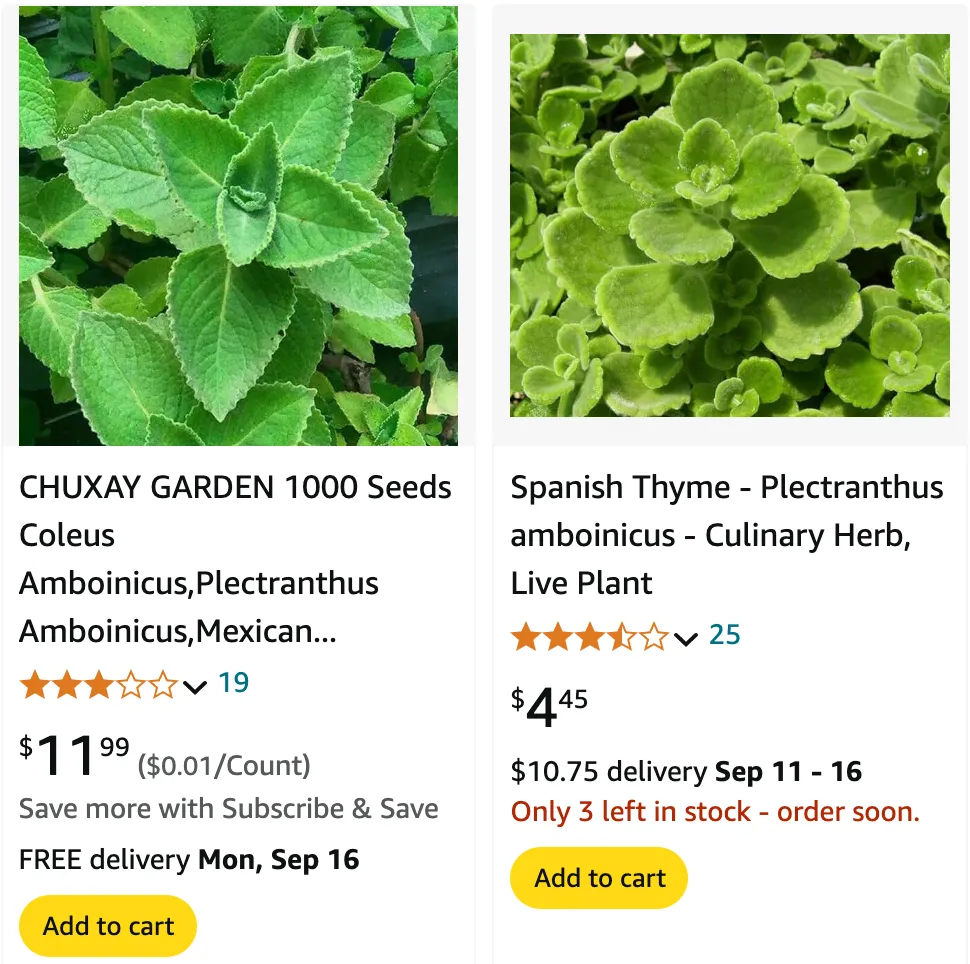
FAQs About Coleus Amboinicus
Coleus Amboinicus, also known as Cuban Oregano, Mexican Mint, or Indian Borage, is a fascinating plant I’ve enjoyed growing and caring for. This hardy, aromatic herb brings many benefits and can be a wonderful addition to any garden or home. I’ll answer some common questions about this plant based on my personal experiences and insights.
What is Coleus Amboinicus?
Coleus Amboinicus is a perennial herb with thick, fleshy leaves that resemble those of succulents. It belongs to the Lamiaceae family, which also includes mints, and is prized for its aromatic qualities. The leaves are green and covered in fine, soft hairs, making them quite tactile. One of the most remarkable features of this plant is its strong scent, which has a combination of minty, camphor-like, and slightly citrusy undertones.
Does Coleus Amboinicus Smell Like Lemon?
One of the most common questions I get asked about this plant is whether it smells like lemon. To me, the aroma of Coleus Amboinicus is quite complex. While it does have a faint lemony note, it is more herbal and minty, with a bit of camphor. I wouldn’t describe it as primarily lemon-scented, but I can see why some people might notice a hint of lemon in its fragrance, especially when the leaves are crushed.
How to Care for Coleus Amboinicus?
Caring for Coleus Amboinicus is relatively easy, which makes it a great choice for both beginners and seasoned gardeners. Here’s how I’ve successfully cared for mine:
- Light: This plant prefers bright, indirect light. I’ve found that it thrives near a sunny window but can tolerate partial shade.
- Watering: Water when the topsoil feels dry. It’s a drought-tolerant plant, but don’t let the soil dry out completely for long periods.
- Soil: Well-draining soil is essential. I use a mix designed for succulents or herbs, as it prevents water from sitting in the pot.
- Temperature: This herb enjoys warm temperatures. In colder climates, it needs to be brought indoors during the winter months or grown as an annual.
- Fertilizer: I fertilize mine with a balanced, slow-release fertilizer once every few months during the growing season for healthier growth.
Can You Grow Coleus Amboinicus Indoors?
Yes, Coleus Amboinicus grows well indoors. I’ve had success growing it on my windowsill where it gets bright but indirect light. Make sure it gets enough light, and avoid overwatering it, as indoor environments can sometimes cause the soil to retain too much moisture.
How to Propagate Coleus Amboinicus?
Propagating this plant is simple. Here’s what I do:
- Cut a Healthy Stem: Choose a healthy stem, at least 4-6 inches long, and make a clean cut just below a leaf node.
- Remove Lower Leaves: Remove the leaves from the bottom half of the cutting, leaving a few at the top.
- Place in Water or Soil: I usually root mine in water, placing the cutting in a jar of water until roots form (this typically takes a few weeks). Once roots are about an inch long, I transfer the cutting to soil. You can also plant it directly in well-draining soil, keeping it moist until it establishes roots.
Is Coleus Amboinicus Toxic?
No, Coleus Amboinicus is not toxic to humans and is often used in cooking, especially in various traditional dishes. However, like any herb, I would use it in moderation. While it’s safe for humans, it’s best to keep pets from eating it in large quantities, as it could cause mild stomach upset in dogs and cats.
What Are the Benefits of Coleus Amboinicus?
There are several benefits to growing this herb. Aside from its pleasant aroma, Coleus Amboinicus is used in herbal remedies. Traditionally, it has been employed to treat respiratory issues, coughs, and skin irritations. I’ve also used it in cooking. The leaves add a strong flavor to soups, stews, and marinades. It’s a versatile herb with both culinary and medicinal value.
What to Plant With Coleus Amboinicus?
When choosing companion plants, I recommend selecting herbs or plants that have similar water and light needs. I’ve planted mine alongside rosemary, thyme, and basil, which all thrive in sunny conditions with moderate watering. Succulents also make good companions since they prefer well-draining soil and similar care requirements.
Common Problems with Coleus Amboinicus
While this plant is generally hardy, there are a few issues I’ve encountered:
- Overwatering: The most common problem is root rot, which occurs when the plant sits in soggy soil. Make sure your soil drains well, and only water when necessary.
- Pests: I’ve occasionally noticed aphids or spider mites on my plants. A simple solution of water and mild dish soap usually keeps pests under control.
- Leggy Growth: If the plant doesn’t receive enough sunlight, it can become leggy. Make sure it’s getting bright, indirect light for compact, healthy growth.
Can Coleus Amboinicus Be Confused with Other Plants?
Yes, sometimes people confuse Coleus Amboinicus with other herbs like oregano or mint. The confusion arises because of its similar appearance and aroma. However, it is much more robust and succulent-like than regular oregano or mint. Its scent is also stronger and has that unique camphor or slightly lemony undertone, making it stand out.
How Does Coleus Amboinicus Compare to Regular Oregano?
While they share a similar flavor profile, I find Coleus Amboinicus to have a much stronger, more pungent taste than regular oregano. It’s also a bulkier plant, with larger, fleshier leaves. I use it sparingly in cooking because of its intense flavor, while I tend to be more liberal with regular oregano.
In conclusion, Coleus Amboinicus is a versatile, easy-to-care-for herb that adds both fragrance and functionality to any garden or indoor space. Whether you’re using it in the kitchen, as a medicinal herb, or simply as an ornamental plant, it’s sure to thrive with just a little attention.

